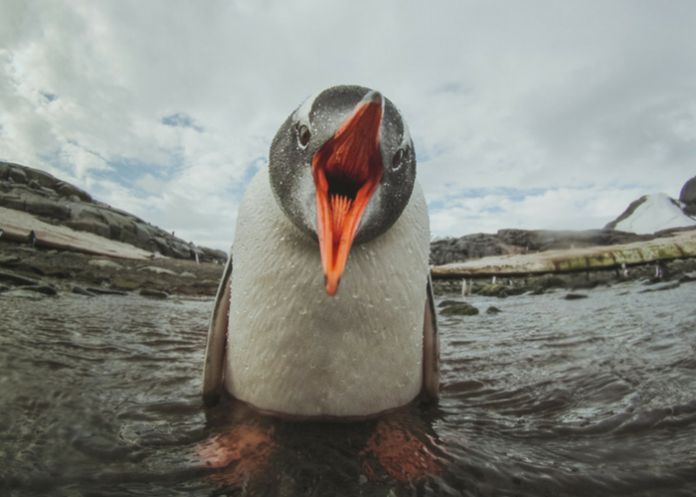Climate change and over tourism make daily headlines now and are stark reminders that some of the most beautiful places in the world are at risk of disappearing. For many travelers, the natural response to this is “last chance tourism,” or a rush to see endangered places while they’re still here.
But before writing obituaries for these endangered destinations, consider instead taking actionable steps before and during your trip to keep them from disappearing. Here are at-risk destinations and what you can do to help preserve them.
Great Barrier Reef, Australia
Teeming with biodiversity, beauty, and Finding Nemo references, the Great Barrier Reef is one of the most impressive natural wonders of the world. Sadly, climate change and irresponsible tourism have placed a strain on this natural wonder. About half of the reef is estimated to have died since 2016.
What you can do to help: Switch to reef-safe, oxybenzone-free sun care products.
Where to stay: Lady Elliot Island Eco Resort is secluded, peaceful, and on its way to being 100 percent sustainable by 2020.
Venice, Italy
The unfortunate poster child for overtourism, Venice struggles with pollution, overcrowding, and the mass exodus of its locals. It’s also slowly sinking. Fast and convenient water taxis are often the preferred mode of transportation for tourists in the city, but it’s these same water taxis that contribute to many of the issues facing this historic city. Moto Ondoso, or wake pollution, is an issue distinct to Venice in which waves corrode the city’s structure and put it at risk of sinking.
What you can do to help: Go the scenic route and walk or enjoy a gondola ride instead.
Where to stay: Formerly a monastery, the 500-year-old Santa Chiara Hotel lets you experience the city like it was before the giant cruise ships came.
Machu Picchu, Peru
Machu Picchu survived the fall of the Inca Empire, but it might not survive tourists. After earning a well-deserved place as one of the New Seven Wonders of the World, the breathtaking archeological site continues to see an extreme surge in tourism. The groups that arrive en masse are not always at their best—leaving trash behind on the Inca Trail and even vandalizing stones. One detrimental behavior that even conscious travelers often engage in is not respecting marked trails. Stepping over the ugly rope seems harmless and gets you a better Instagram picture, but when millions of people do it, the effect is substantial.
What you can do to help: Stay within the marked paths to help preserve this wonderful UNESCO World Heritage Site. Or, consider visiting one of the similar but lesser-known “lost” Inca cities like Choquequirao instead.
Where to stay: An upscale ecological retreat far from the noise of Aguas Calientes and the commercialization of Cuzco, explora Valle Sagrado is committed to responsible tourism across the Sacred Valley and to Machu Picchu itself.
The Amazon

What you can do to help: When you visit the Amazon, choose a tour company that supports local communities most directly affected by the deforestation. Gondwana Ecotours, for example, works with indigenous communities to help them preserve their autonomy and customs. It also offers a carbon offset program for your flight to Ecuador.
Where to stay: Enjoy comfort in the heart of the jungle at Kapawi Ecolodge.
Antarctica
Though one of the most remote places on earth, Antarctica is on the front lines of the effects of climate change. Ice is melting at an alarming rate, and overfishing of krill threatens the region’s entire food chain.
What you can do to help: You should endeavor to have as little impact as possible when you visit, and one of the best ways to do this is to go cozy rather than big when choosing a cruise ship. Smaller ships have a smaller carbon footprint and produce less waste; they also allow you more time on land, since only 100 people are allowed on shore at any given time. On bigger ships, you’ll have to wait your turn.
Where to stay: Though you’ll spend most of your nights on board, One Ocean offers on-shore camping options for travelers. They also use their vessels to help conduct scientific research.




